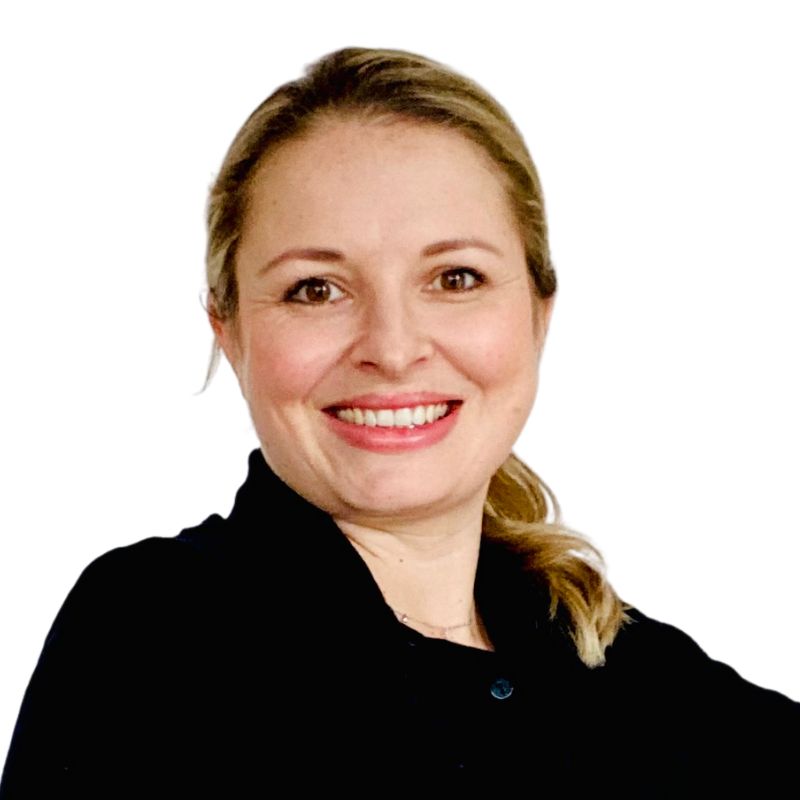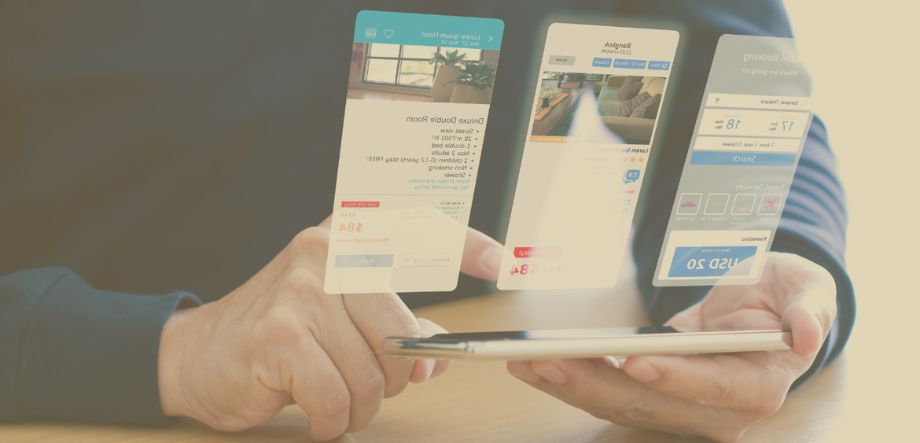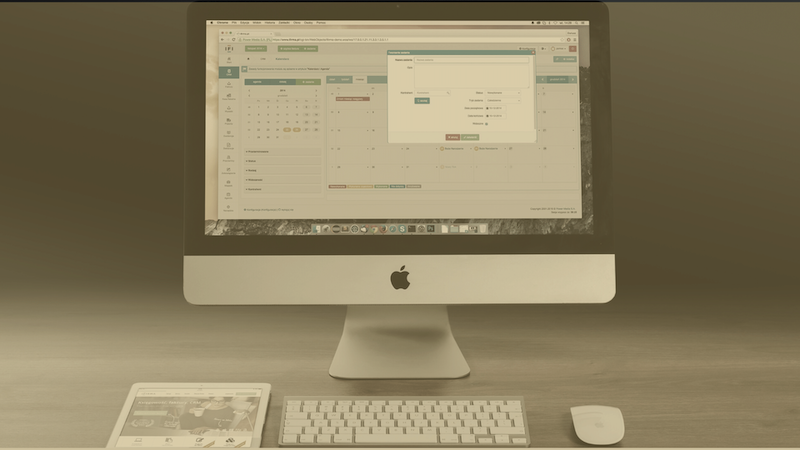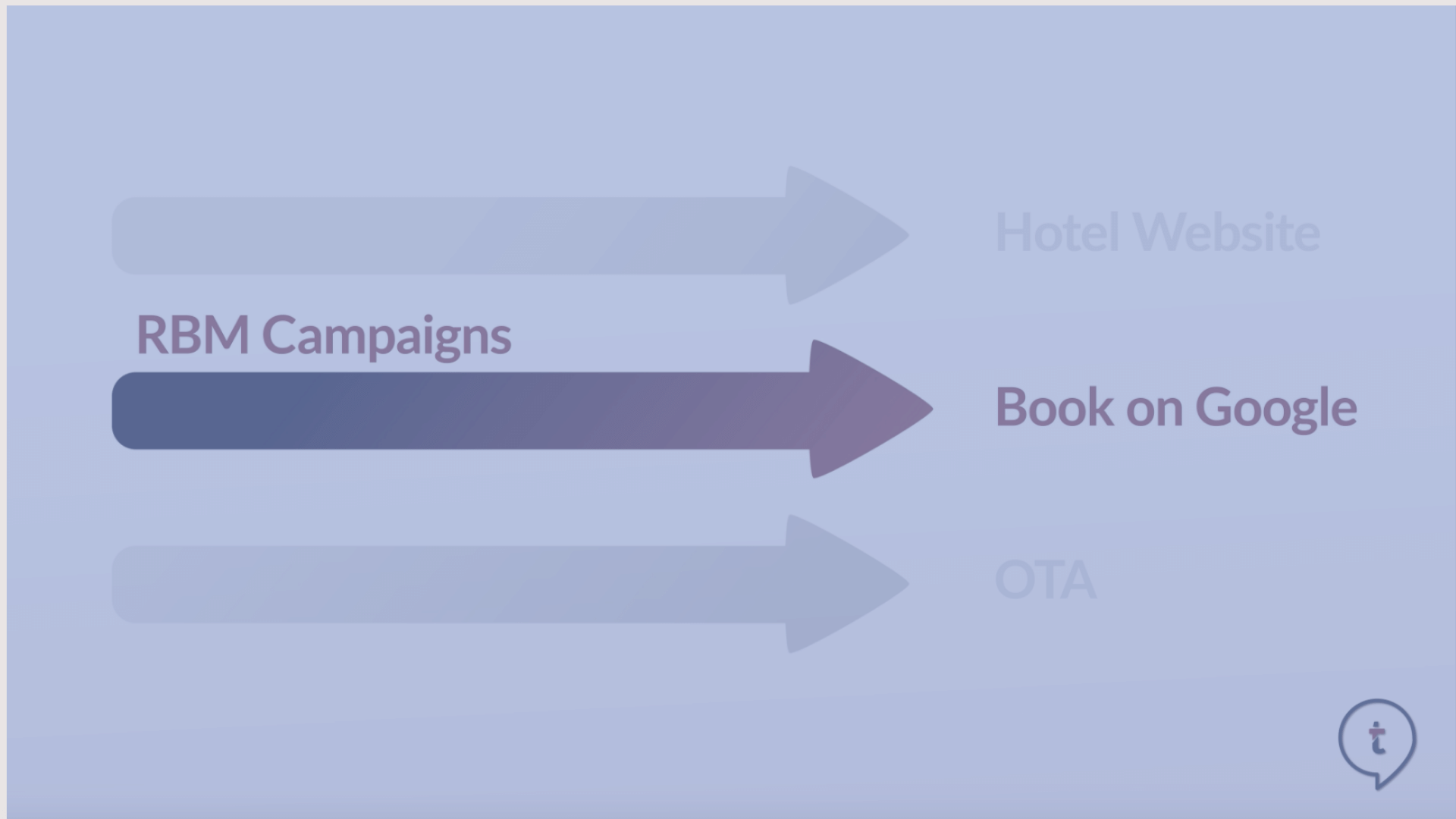Functionalities of good Hotel Website Design
Hotel websites (like any other website) should cover key elements and functionalities so the website visitor receives the best possible experience while browsing. A hotel's website is an optical medium; in the best scenario, they create emotions that align with what the hotel offers.
When considering a state-of-the-art website, the hotel should first define the emotions and messages the website should convey. What does the hotel stand for? How should the guests feel when they enter the lobby for the first time? Or when they check out? The website should also highlight the hotel's values and principles.
Most of us can differentiate between a well and a poorly designed website. We can say if a browsing experience was positive or negative if we immediately found the information we were looking for or if the first click returned a "Page not found" message.
However, few of us can define what made a website visit a good experience. While hotels should express their websites' emotions, feelings, and even the visual and written content, a specialist should take over the rest. Such a specialist can be a web designer or agency that oversees typography, colour design, image selection, and all the other aspects of web design.
In today's competitive environment (not only other hotels but also different booking platforms such as Online Travel Agencies (OTAs)), it is best to invest in a thought-through and well-designed hotel website.

Key elements of a good Hotel Website Design
1. Clear structure and navigation
The site must effectively provide all required information without wrapping it in lengthy texts. Navigation should be simple, allowing the visitor to easily retrieve needed information without ever having the feeling of reading too much or searching too long. Good structure covering hotel details such as location, room types, hotel facilities, directions, parking, outlet opening hours, check-in/check-out times, pet policies and contact details are important.
2. Typography
Since most of the information on a website is in writing, the right typography is of utmost importance, including the font and font sizes, line spacing, colour, and contrast to the background. While the written part brings across information and facts, images and colours address the emotions of website visitors.
3. Multi-Language and Multi-Currency
Having the website translated into multiple languages is important, as are multiple currencies within the booking engine.
4. Multiple Device Compatible
A hotel website should be flexible and deliver the same smooth experience regardless of the device used. It needs to be responsive to the user's devices in terms of screen size (mobile versus desktop) and orientation (portrait versus landscape).
5. Description of room and hotel facilities
Guests should find all information relevant to their potential stays. Instead of lengthy descriptions, hotels can work with icons; this works well for room features too.
6. Provide parity
Parity, not only in rates but also in booking guarantee and cancellation policies, is important. Make sure to offer the same policies to guests on all channels. Some hotels tend to override booking policies over special events/fairs. On some channels, this is harder than on others, sometimes even impossible. Hotels then tend to have imparity for certain periods. Hotel guests will always find the least restricted policy and book wherever this policy can be found.
7. Suitable images
Provide adequate images of all facilities and room types in high resolution and realistic to prevent disappointment and ultimately bad reviews.
8. Feedback tool
Have a hotel reputation management/guest feedback tool integrated into the website, so guests can read other travellers' reviews and write their own. At the same time, hotels should be able to respond to individual reviews.
9. Membership area
Provide a membership/login area for guests that offers personalised options and discounts. Summaries of previous stays, including invoice download functionality, which room types/numbers they stayed in, and details of any future bookings. Including address, billing details, methods of payment, and special requests (allergies, cushions, room number, floor, and many more). Guest information can be stored, so the guest does not need to re-enter all information when making a new reservation.
10. Local businesses add-ons
Offer services of other local businesses as add-ons. For example, if the hotel does not offer airport transfers, perhaps provide a taxi shuttle with a taxi company through the booking engine. The same applies to Food & Beverage (F&B) services – integrate table reservations at close-by restaurants if no onsite F&B outlets are available. However, the same principle applies to rate plan offers – do not overload the booking engine with too many offers.
How to drive Direct Distribution
Hotels often spend large parts of the marketing budget on Pay Per Click (PPC), Search Engine Optimisation (SEO), and Search Engine Marketing (SEM). Only to lose the visitor because they could not quickly find what they were looking for.
After catching the user's attention, it's time to drive conversion. Hotel websites compete with a pool of OTAs, which do a great job of making the booking process as simple as possible. On top of the simplicity of making reservations on OTAs, they attract travellers by offering packaged discounts, cashback, points collection and reward systems, loyalty programs, and much more.
It can be difficult for hotels to compete with this, but there are ways to create opportunities. A good start is having a well-designed website with a modern, fully functional booking engine.
Hotels and OTAs work in partnership; however, from a cost perspective, it’s important for hotels to increase direct bookings, especially after losing considerable revenue during the pandemic. While hotels will continue to build part of their success stories on OTA production, it is also important to push the direct on-site conversion to a maximum.
How employees can contribute to on-site conversion
The operational team plays a major role in the success of on-site conversion. The following examples might sound like common sense. Still, many hotels do not fulfil these points regarding their websites and booking engines.
- Have your team know the website inside-out and let them refer to information on the website during phone conversations with guests. Have them use links in email conversations only. For example, integrate links to your booking engines in email confirmations so that guests can book a table at the restaurant or extras for their stay.
- Ask your team members for feedback on the website. What information might be missing? For example, not mentioning the right bed size in the room type description can result in extra work for your front office team (guest complaints and room moves).
- Ask your team what frequently asked questions they receive from guests during the booking process and in-house stay. Make sure you have these questions addressed on the website.
- Have a simple best-rate guarantee policy that everyone at the hotel understands and can act on. The emphasis here is on "simplicity". Both guests and employees need to understand how the policy works. If a lower rate is available on any other channel, have all your employees prepared to react accordingly.
Employees may make a wrong decision on best-rate guarantee cases; it is still cheaper than commissions paid to some OTAs.
Employees should be trained on what rates are offered in general, what rate parity is, how rate undercutting can occur and how it can be prevented. Employees speaking directly with guests should have the appropriate user rights of overriding rates/applying discounts to the best available rates in the PMS.
Try to keep the rate structures as simple as possible and avoid offering too many different rate plans and packages. It helps to frequently check the production of each rate plan to differentiate between cash cows and non-/slow-performing rate plans. The latter should be removed regularly.

Aspects of a successful Direct Distribution Strategy
As mentioned above, a successful direct distribution strategy highly depends on the hotel's employees. Nowadays, it is harder than ever to recruit the right people and retain them. Hotels must find ways to make the employee's work environment as attractive as possible. Daily routines should be kept simple – so there is time for training and, most importantly, interaction with (potential) guests.
Focus the operational team on customer interaction rather than compiling reports and other repetitive tasks. Integrate and automatise as much as possible, analyse current processes and abandon unnecessary tasks. Consider offering employee incentives for each direct reservation made. Evaluate the real cost of an OTA reservation compared to a direct reservation while bearing in mind that OTA costs are not only about commissions. Certain payment methods (virtual credit cards) are more expensive than when the guest pays directly upon check-in/check-out.
Conclusion
To summarise, good website design does not need to be expensive, but trying to save money on a website could cost more in the long run. The hotel website needs to be attractive and trigger the right emotions. At the same time, the integrated booking engine should make the reservation process as simple as possible.
Hotels have one competitive advantage over OTAs: They know what their guests are interested in when making a reservation and staying with them. They should use this information and integrate it into their direct booking channels.
The number of direct bookings has increased during the pandemic. Hotels can keep this trend going by maximising the potential of their websites and booking engines.
About the Author
Linda Girrbach, Co-Founder & Head of Hotel Product at RobosizeMe

Linda is a Co-Founder and Head of Hotel Product at RobosizeME. She is originally from Switzerland but lived in South Africa, Australia, and since 2009 in Berlin, Germany. Linda has been in the industry for 20 years and is passionate about (total) revenue management, business development, and of course (hotel) technology such as RPA (Robotic Process Automation). She’s a proud mom of a little boy/soon-to-be two boys and loves travelling.
In her current role she is excited to help hotels to automate as many tasks as possible. True to the motto "Automating the ordinary, so your team can be extraordinary!"
Connect with Linda on LinkedIn.
RobosizeME is a Contributing Member at Techtalk.travel.
Also make sure to find these supporting content elements of the editorial Hotel Website & Direct Distribution





![V03: The History of Hotel & Travel Technology | [Updated] Infographic](https://techtalk.travel/storage/app/uploads/public/63f/e6f/ec8/63fe6fec80447817849943.jpg)



Create an account to access the content.
Get access to Articles, Video's, Podcasts, Think Tanks, Infographics and more.
Click “Sign In” to accept our
Terms of Service Privacy Policy